In researching this post I learned a new Portuguese expression. “Gold over blue”, is a Portuguese expression meaning something is perfect.
Started with the Moors
The use of azulejos tile dates back to the Moors in the 13th century. Their invasion of the area now known as Spain and Portugal left behind a ceramic artform first observed by King Manuel I in 1503 when he visited Seville. At that time the tiles featured geometric shapes and were often used as decorative panels inside courtyards and on interior walls. The King brought azulejo tiles to Portugal installing them on the walls and floors of the Sintra National Palace.
You can often “date” a tile by observing its color. You see the blue, we so often associate with Portuguese azulejo tile was not introduced until the 17th-century. It was then that the Dutch learned to mimic the color of Chinese porcelain. So many tiles were being imported that the Portuguese decided to create their own tile industry. But they took the ceramics further, hiring artists to create large-scale murals on the tile which we often see in churches and public buildings today.
After the Lisbon earthquake in 1755, azulejo moved from decorative murals back to repetitive geometric patterns as the Marquês de Pombal (the man responsible for the rebuilding of Lisbon) used them to cover the exterior of buildings. Known as “Pombalinos”, the tile was fast and cheap to produce and provide superior protection against the humidity of the seaside breezes. Some suggest that the reflective quality of the tile brought light to the cramped, narrow streets.
Tile, Tile, Everywhere
While many associate the azulejo with Lisbon you will find it in virtually every town in Portugal. We found these in the Pena Palace in Sintra:
These tiles grace the entrance of the walled city of Óbidos.
We found tiles influenced by the Art Nouveau style in Aveiro.
Inside the church, José Ferreira Pinto Basto built for his workers.
We found these when we took the train, ferry, and train to Setúbal.
And these in one of our favorite cities Évora (again we see gold over blue):
While there are many traditional azulejo in Cascais, we found this more modern take, in a tunnel leading to the beach:
I must admit I prefer this example of a very early azulejo tile. These truly capture the meaning of azulejo, from the Arabic meaning “shining stones”:
While I prefer the older tiles, there is a subway station in Lisbon that has incorporated comic book characters into the art form. Watch the YouTube video below to learn more.
Editor’s Note: As I write this it is 06:00 Tuesday morning. For some reason, I woke up at 04:30 this morning and was unable to go back to sleep so I checked my email. It took about 90 minutes to read everything. So it is Tuesday morning, and I just wanted to let you know…
It is purely a coincidence that the post you just read offered a more light-hearted topic. If you are a regular reader you know that I try to write a week ahead of publication in case writer’s block sets in. I must admit based on some of the comments and emails I received after Monday’s post, I wondered if I wanted to write anything ever again.
Hey, I get it. Not everyone sees the world the way I do. And if you are going to put stuff out in the ether, you should expect feedback…positive and negative. I appreciate the helpful feedback, that called out my error and will always correct this information. (If you are unsure of what I am referring to, please read Monday’s post again online.)
Of course, I adore the positive feedback. People who say they look forward to the emails and enjoy experiencing the country through our eyes. Everybody loves to be loved.
I will admit however, there are some comments and emails that are difficult to read. In many ways, they reflect the vitriol that caused me to want to turn away from my homeland…to run.
Denise would have me only write the tourguide posts. But as I have consistently shown, I will never be a food blogger and aren’t your typical “top 10 things to do in Portugal” writer. And something inside me wants to share more…perhaps I should just pay a therapist.
I really don’t know … I have been thinking about writing about abortion in Portugal given what is happening in Texas…can’t wait to see the response to that.
One final note: to the many Americans that wrote to me feeling that they must accelerate their planning and move to Portugal because Portugal is going to close its borders…relax! Portugal needs immigration. The trends that drove them to make the process easy and to create the incentives they have are not going to suddenly disappear. Yes, there are public officials and politicians that have railed against the Golden Visa program and NHR. It is pretty clear that the original Golden Visa program had unintended consequences and needed to be revised. But Portugal needs immigration…a declining, aging population is a serious economic concern. In my opinion, they may tweak programs but they won’t eliminate immigration.





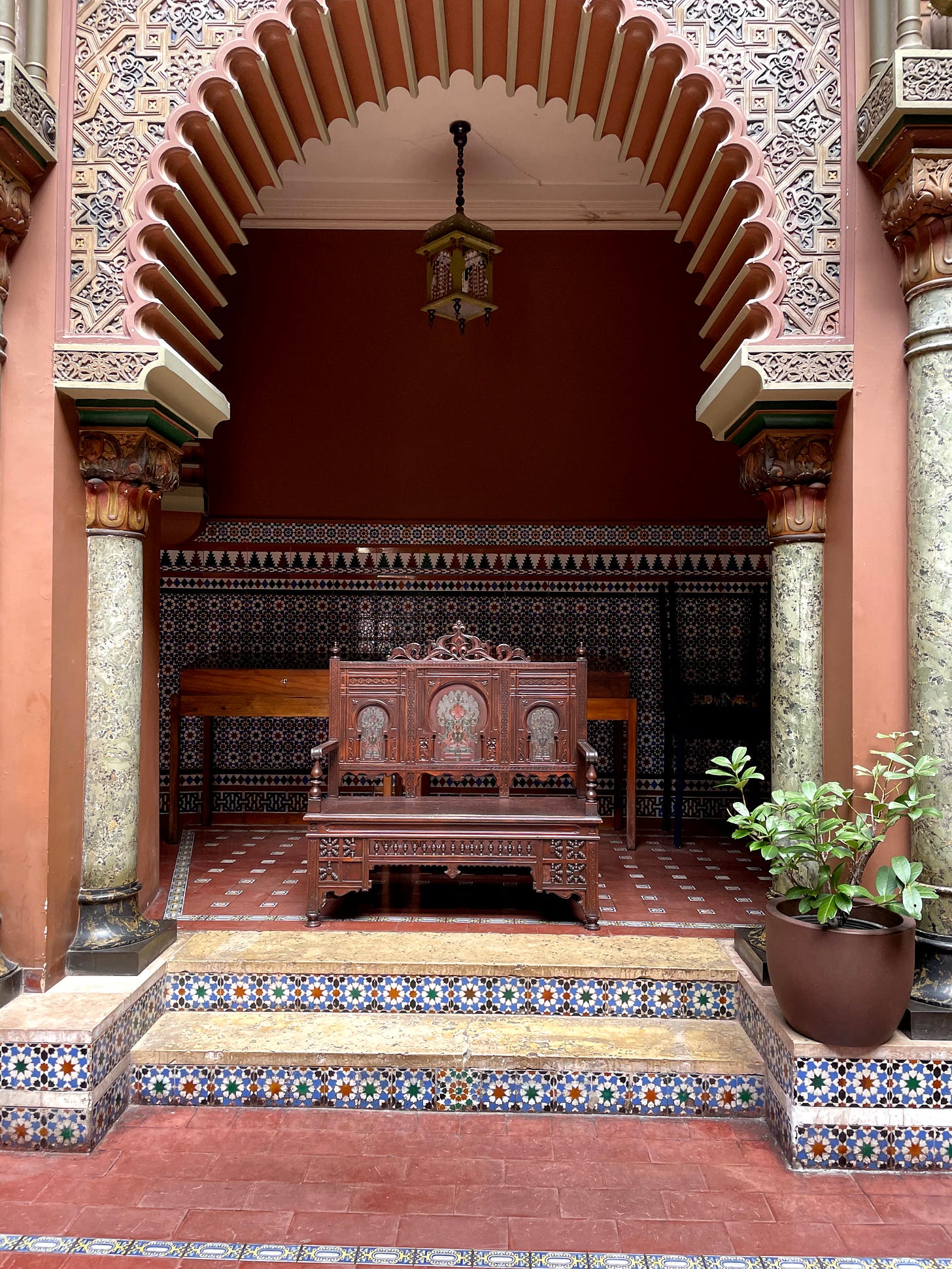
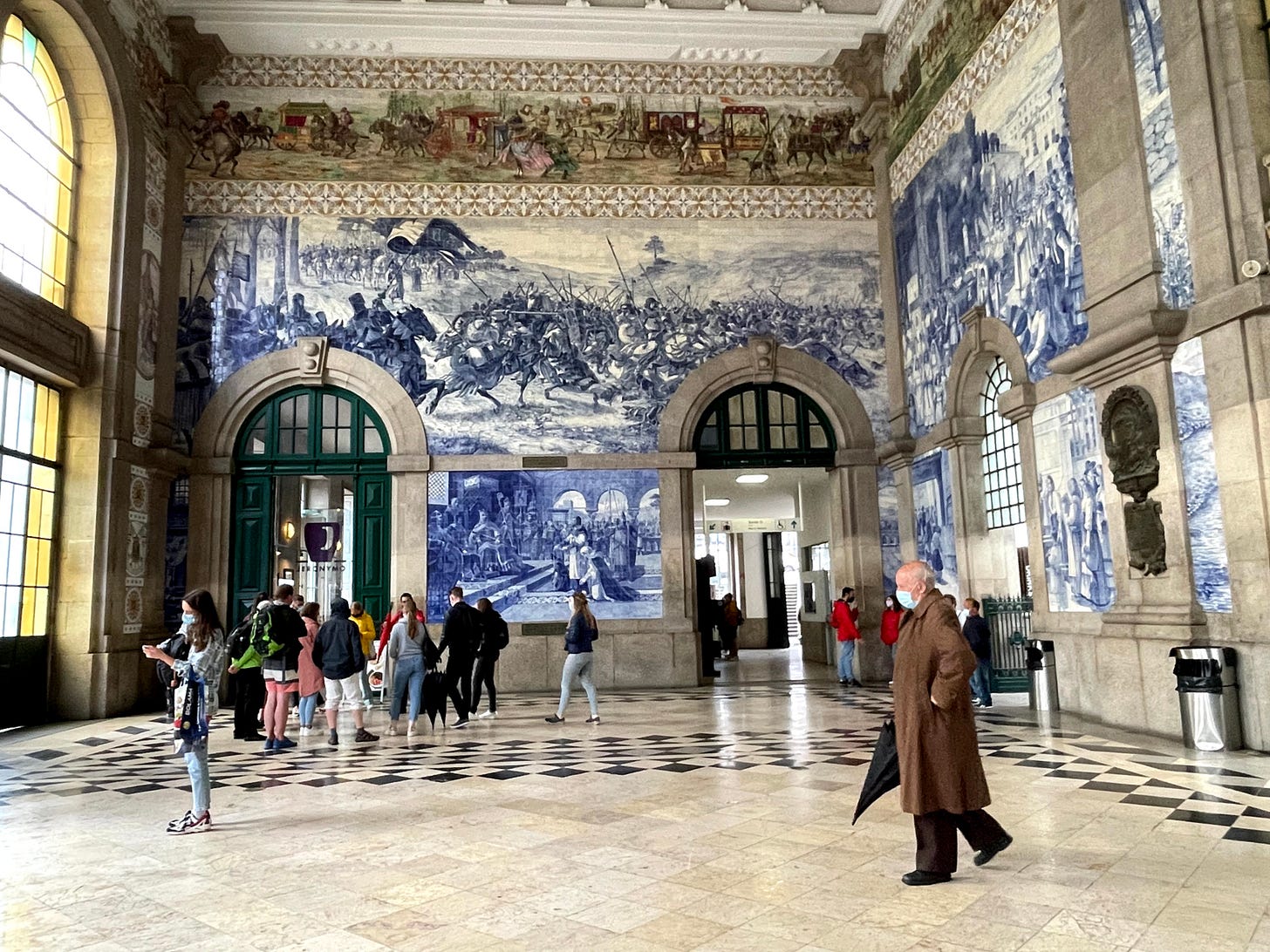
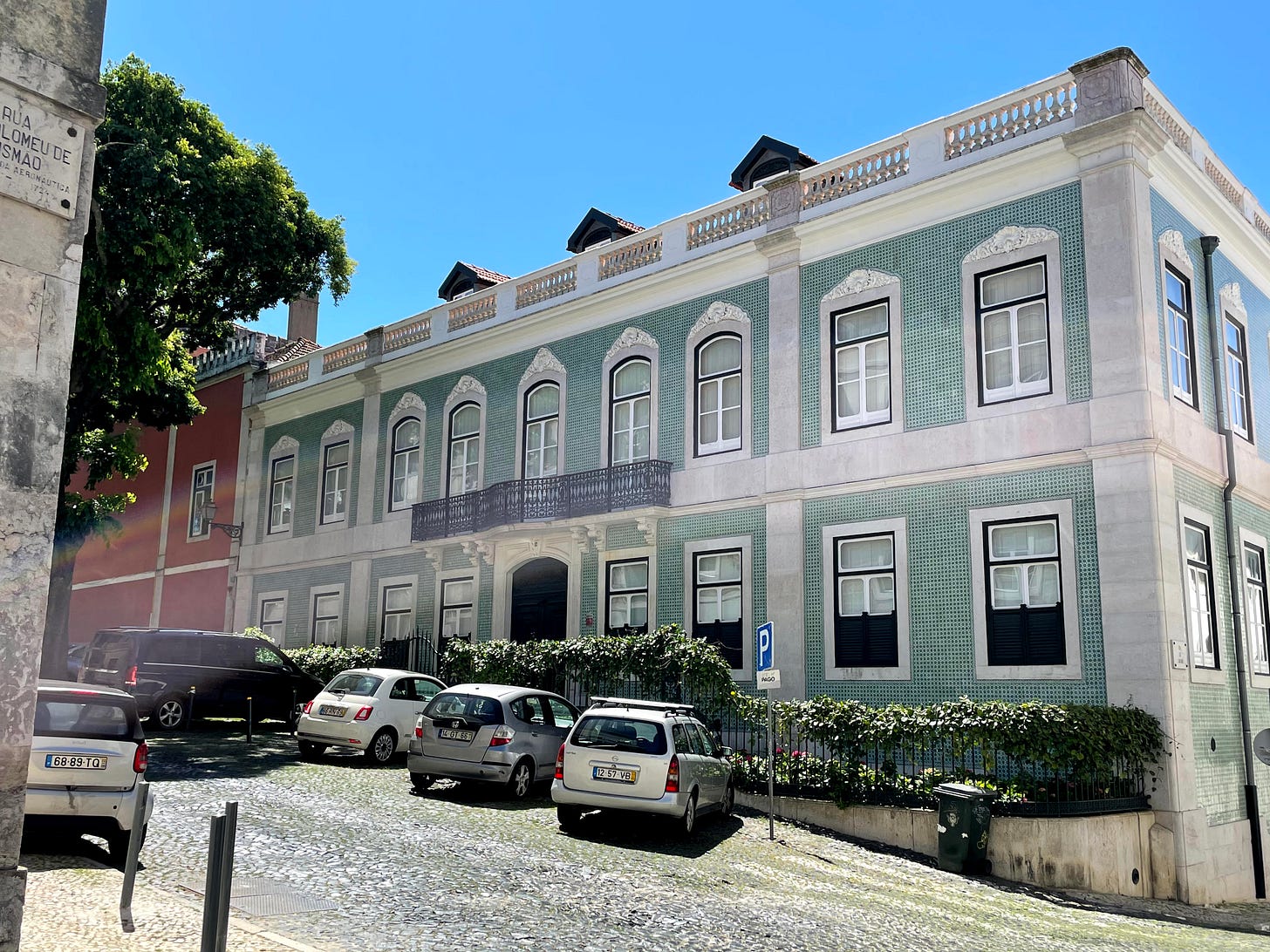
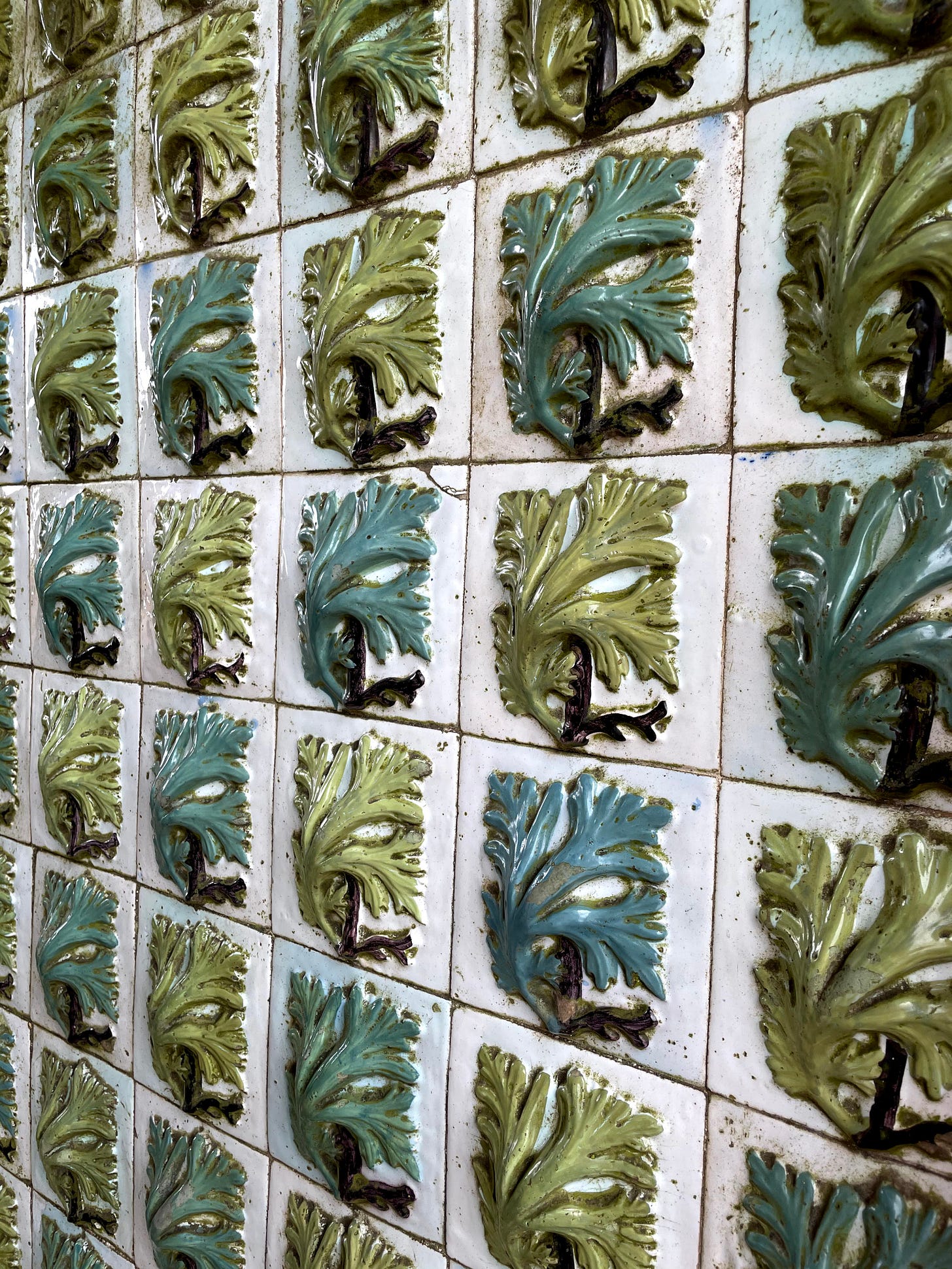
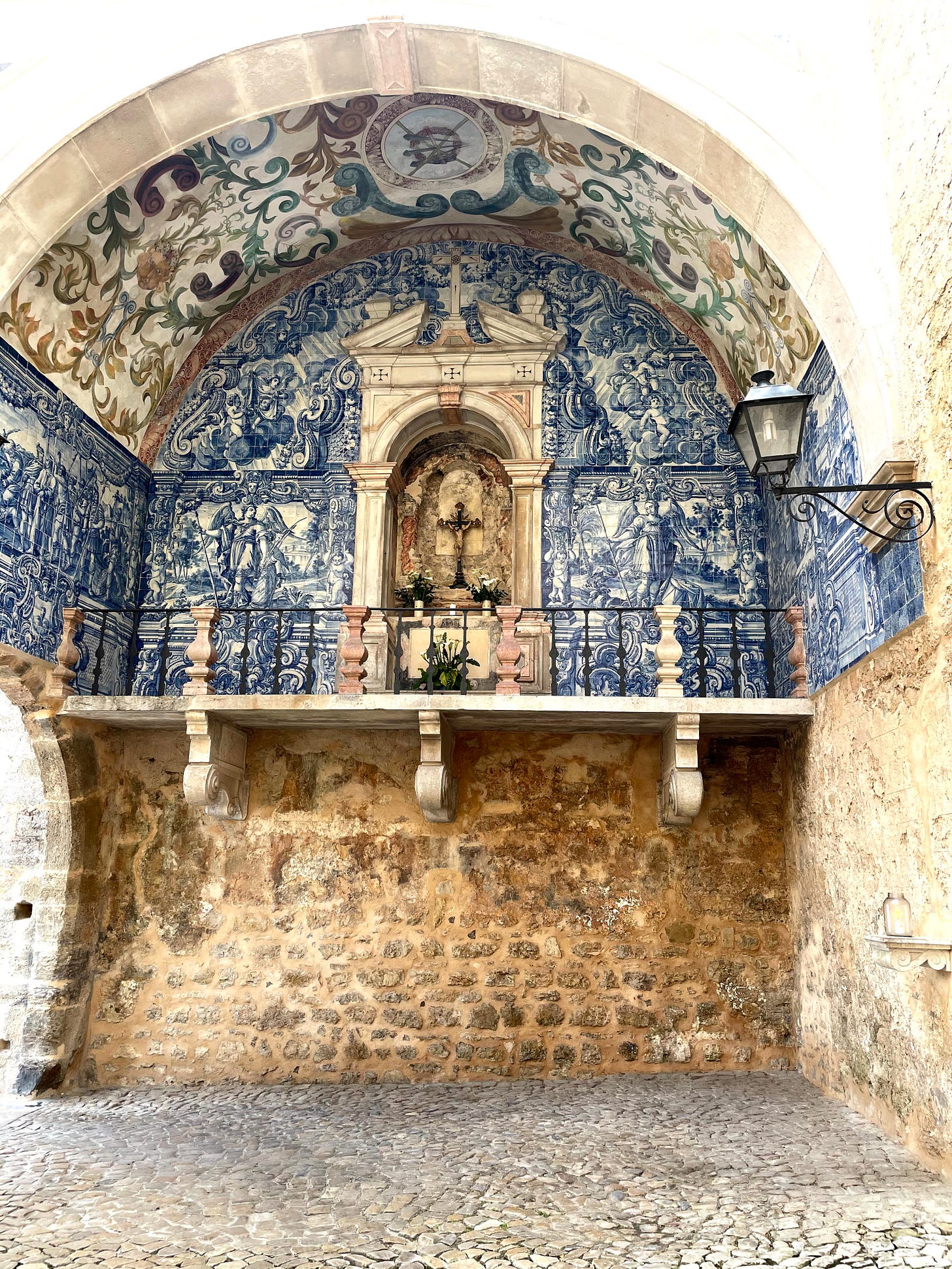
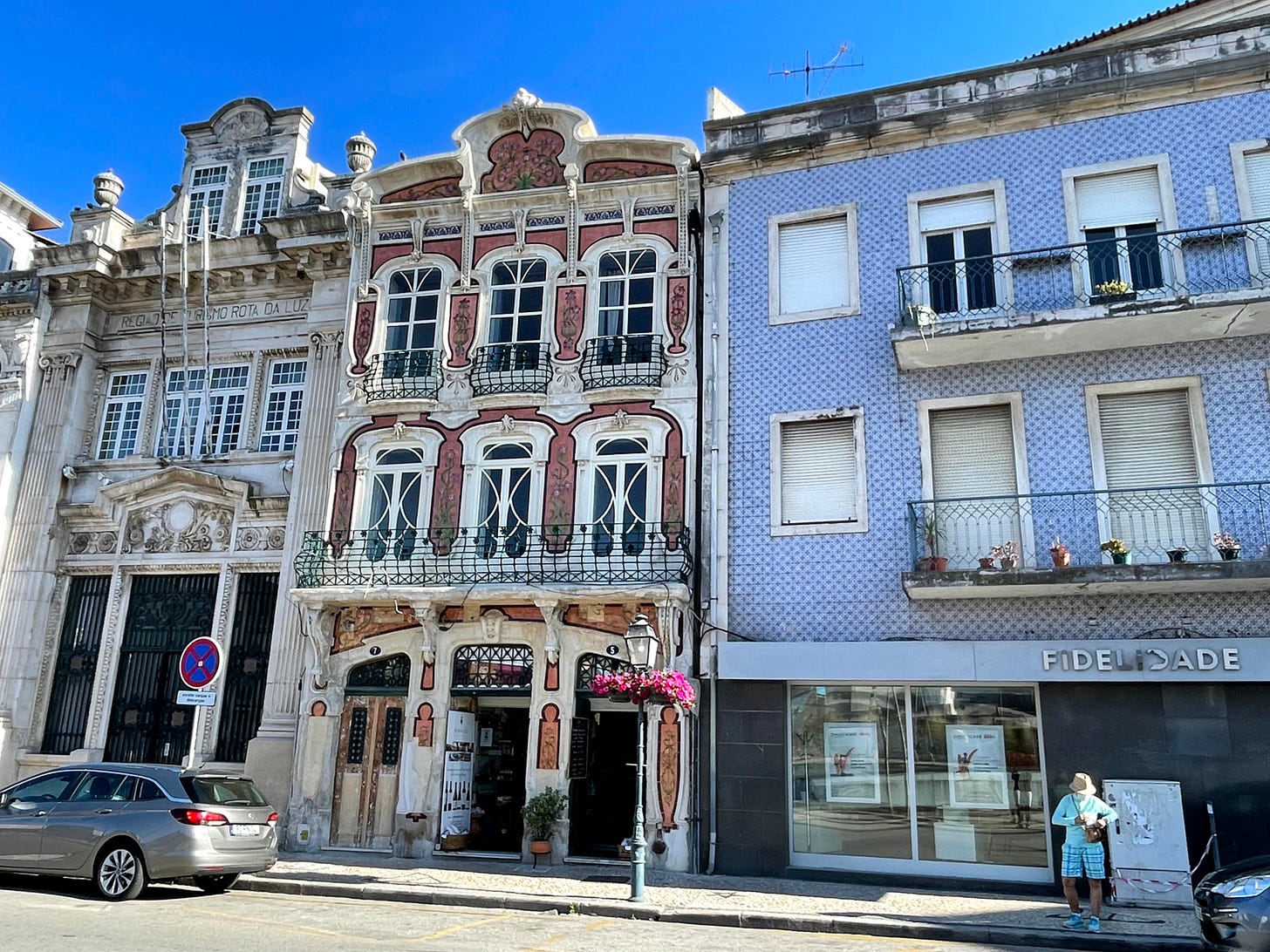

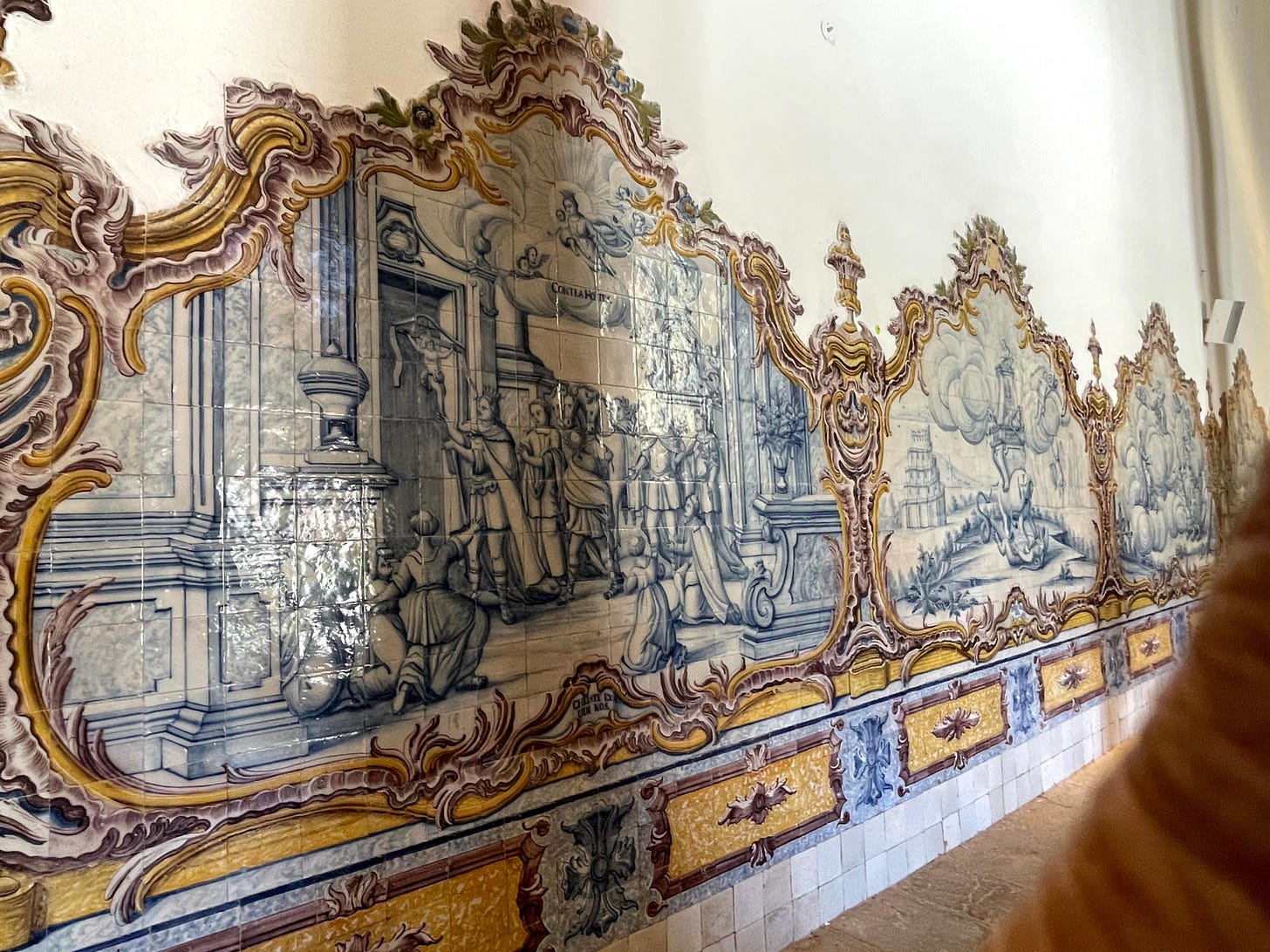
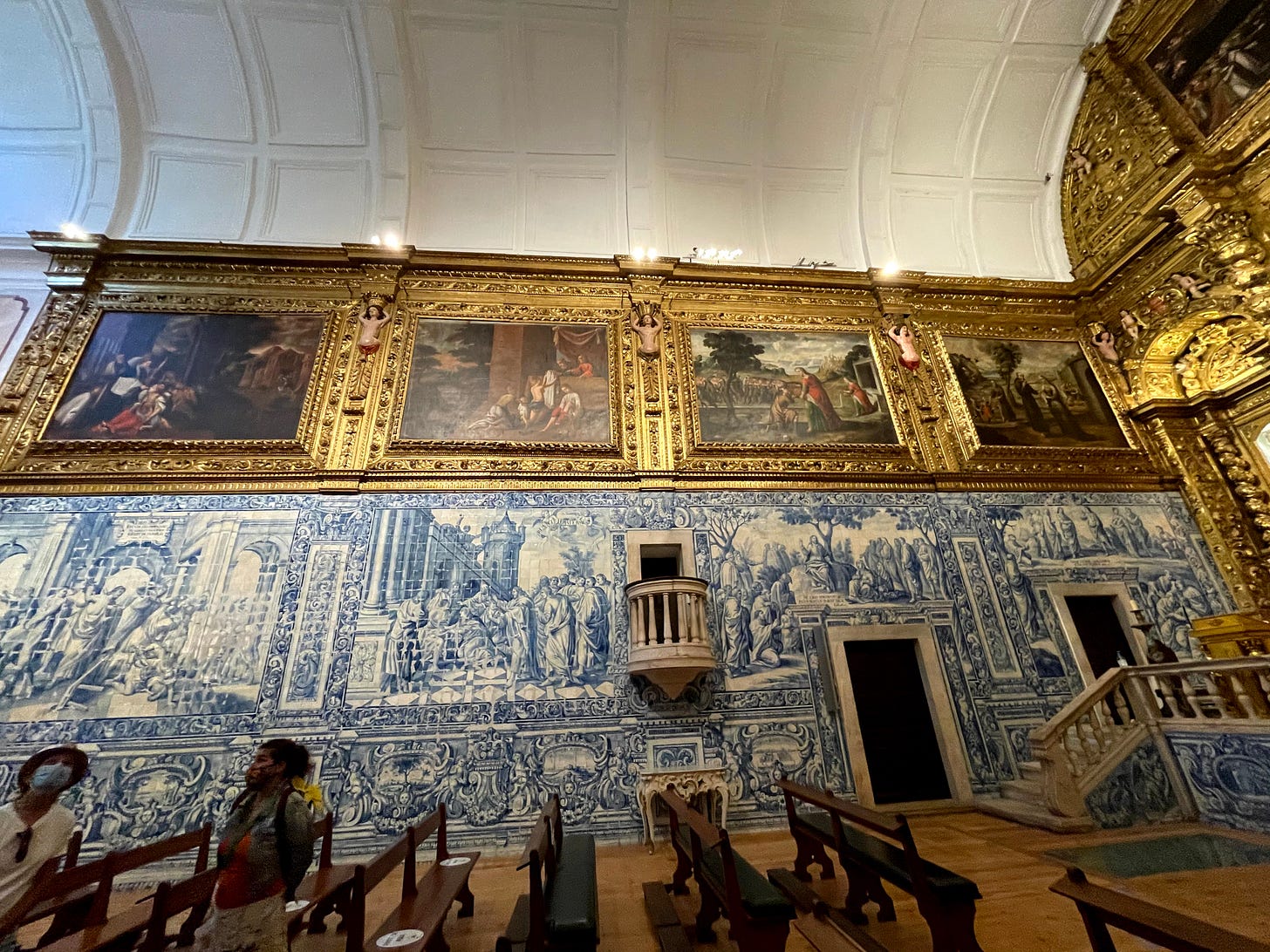
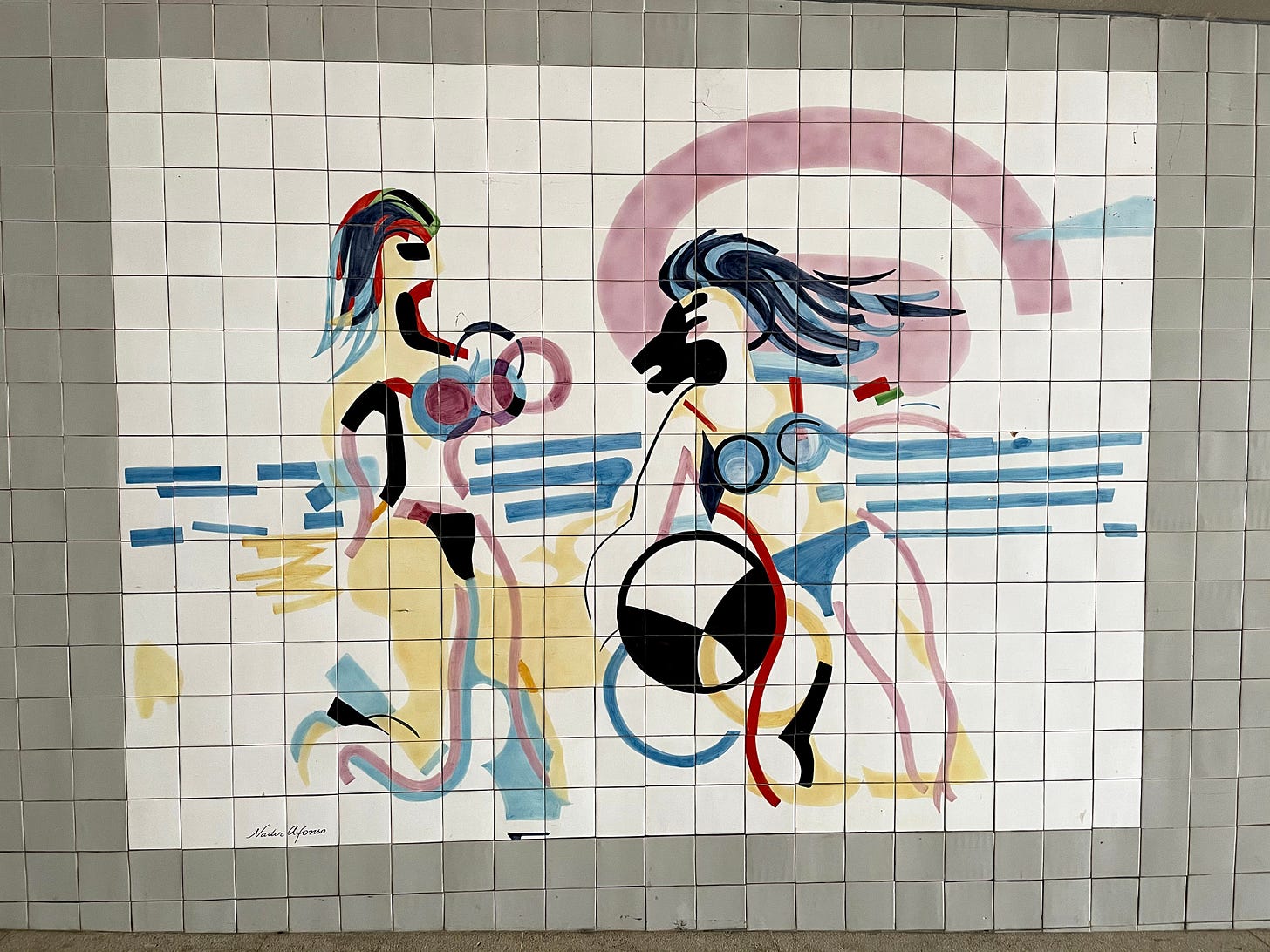
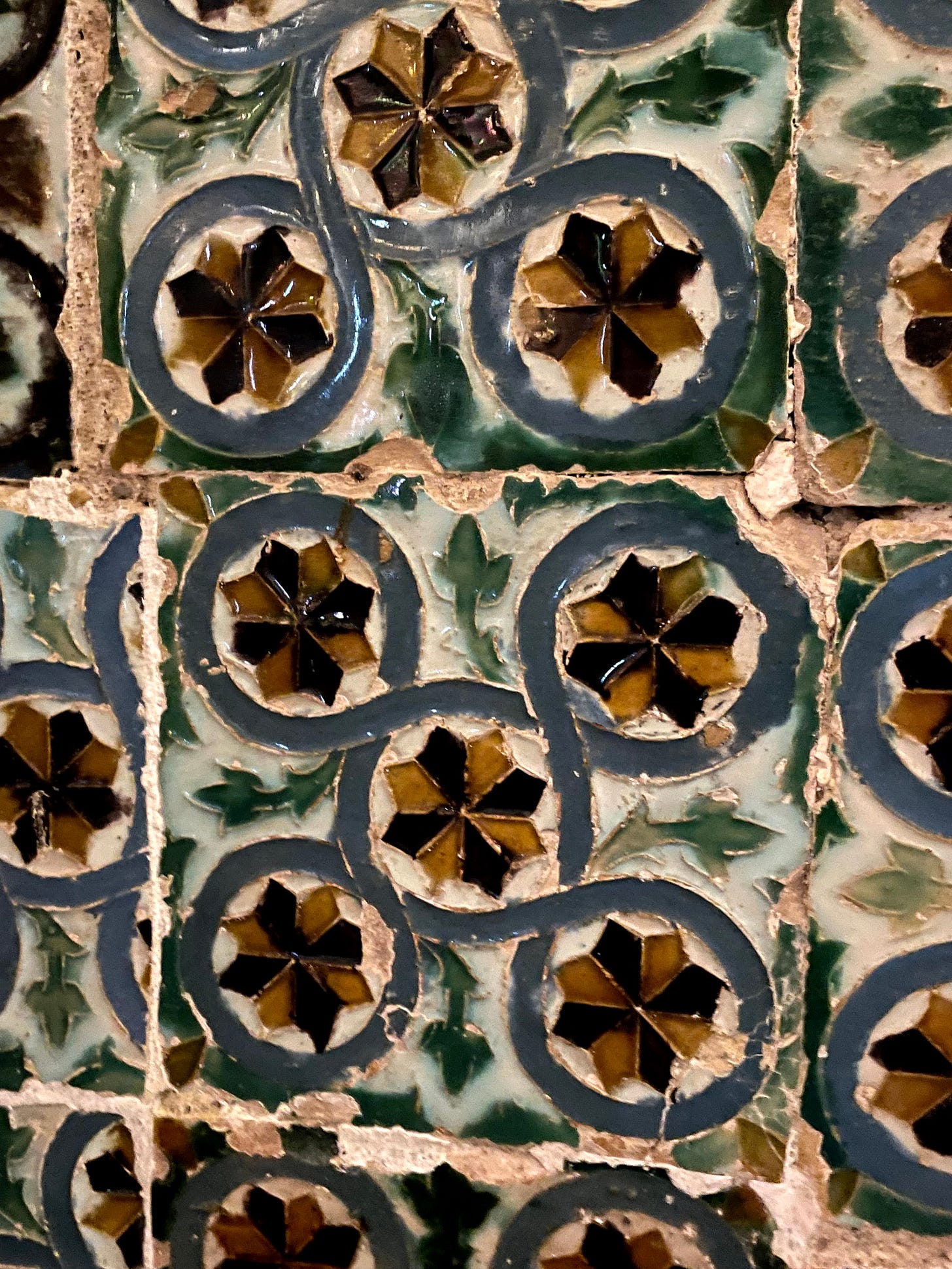
I found your blog when researching our month-long visit this November and enjoy the variety of your posts. It's unfortunate that those that disagree cannot be polite but don't let them get you down.
Just chiming in to support you and your right to write what you want and to be interested in and hold the opinions you want. If people don't agree, they should either RESPECTFULLY engage in a dialogue or, if unable to do so, they should take our mother's advice and keep their opinions to themselves (if they want to express said opinions, they can write their own blogs).